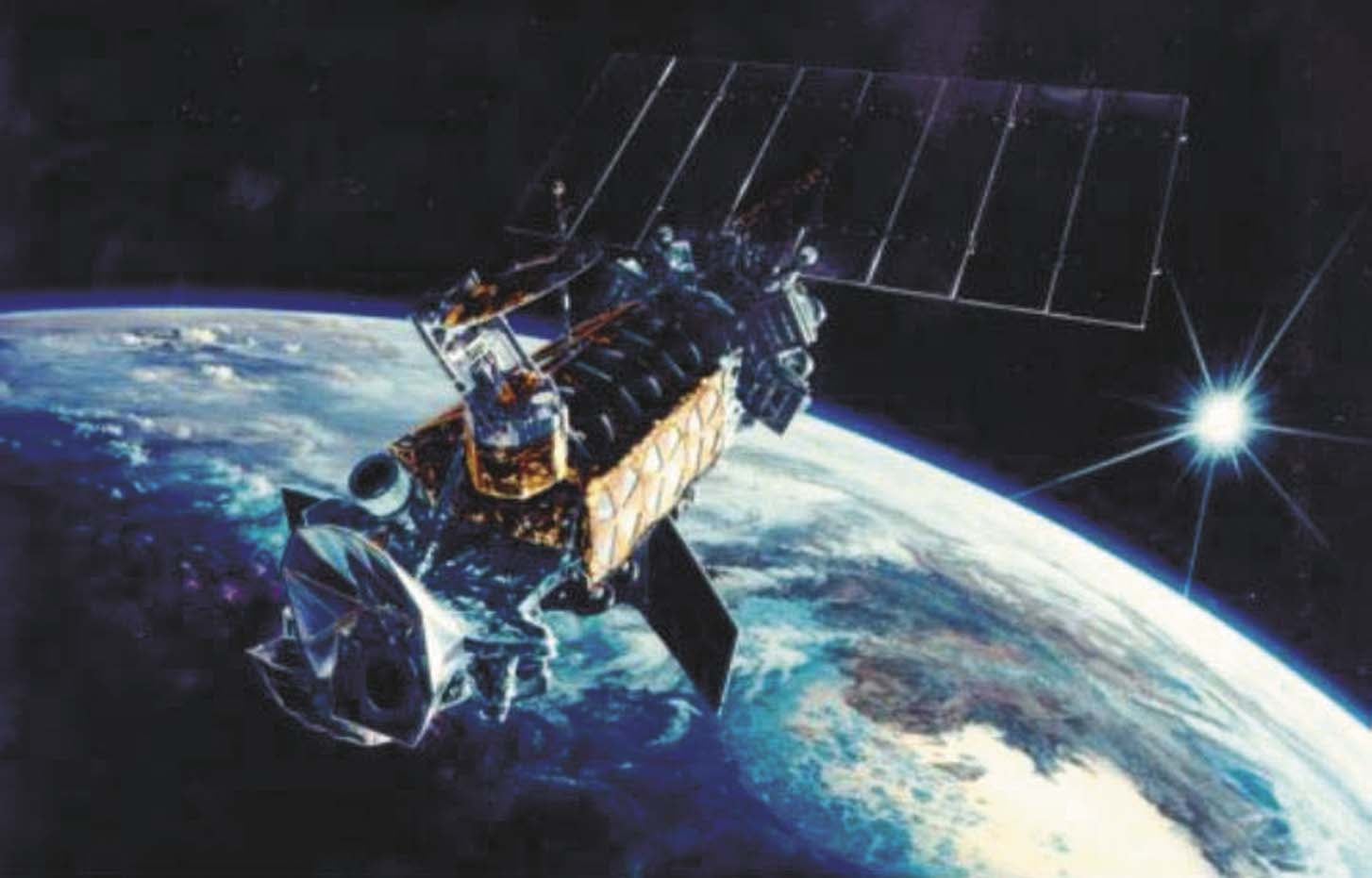WASHINGTON — The U.S. Space Force has awarded Raytheon Technologies a $67 million contract to test a prototype weather system the company designed for the service, the American firm announced Dec. 15.
The Space Force initially selected Raytheon Intelligence & Space to design a prototype for the Electro-Optical Infrared Weather System, or EWS, in 2020. The program will replace the Defense Meteorological Satellite Program, or DMSP, which has provided cloud characterization and theater weather imagery observations data to the military since the 1960s. Those satellites are nearing the end of their service life, with officials expressing concern that they may not survive until 2024. Congress directed the Air Force to replace DMSP with a new system in 2015.
“Continuing the DMSP EO/IR capability is critical to military planning for land, sea and air operations” Paul Meyer, vice president of space and command-and-control systems at the Raytheon intel and space unit, said in a statement. “Our satellite will integrate into the early morning orbit, ensuring a seamless transition of weather data without any additional processing.”
While the company didn’t disclose the value of the original award, this follow-up award, set up through the other transaction authority process, will see Raytheon attempt to demonstrate that its prototype can deliver operational data to Space Systems Command. Raytheon says its system will improve upon the legacy system by providing greater detail and resolution.
“We’re dramatically improving the size, weight and power of the EWS payload with the same observations as high-performing systems,” Meyer said. “Additionally, the team is taking advantage of technology already on-orbit as well as the satellite bus capabilities provided by Blue Canyon Technologies to rapidly deliver the system to the Space Force.”
The company completed preliminary design reviews in January 2021 and is working toward a final design review as well as a downselect in January 2022. Raytheon says it can deliver a system ready for launch by 2025.
Nathan Strout covers space, unmanned and intelligence systems for C4ISRNET.








